We had a fight and everyone won.
Exploring combat encounters where even the loser gets a reward in Crown of Ash, and how this might reduce loss aversion effects in tabletop games.
Welcome to Skeleton Code Machine, an ENNIE-nominated and award-winning weekly publication that explores tabletop game mechanisms. Check out Public Domain Art and Fragile Games to get started. Subscribe to TUMULUS to get more design inspiration delivered to your door each quarter!
Last week we explored core game loops — what they are, how they help players, and why they might be present in almost every game. It is once again an example of why Skeleton Code Machine readers are the best. Read the comments for some really interesting thoughts on the subject!
This week we are looking at combat where everyone wins in Crown of Ash.
But first…
⚔️ Make your own TTRPG adventure!
I just released the next guide from Skeleton Code Machine: ADVENTURE! Make Your Own TTRPG Adventure! It covers the essential adventure-making elements such as hooks, encounters, maps, and NPCs.1 Each chapter includes practical exercises to encourage hands-on learning. With art by Evlyn Moreau!
Available now as a Pre-Order Bundle (Print + PDF) at the Exeunt Press Shop.2
Crown of Ash
While Crown of Ash (Lawton, 2024) has the usual dark fantasy tropes of a jealous king, necromancer lords vying for power, and undead armies, it also is packed with gorgeous art and some really interesting mechanisms. What caught my attention was that it was a worker placement game, but one focused on combat and area control.
Here’s the pitch:
The bleak slumber had revealed an ancient secret to them, the arcane knowledge of necromancy. It gave them the ability to build armies from the wastes of their lands. Those fallen in the first war, would rise again and march into a bloody second, a devastating conflict that would determine who, at last, would lay claim to the Crown of Ash.
Each player is one of the necromancers sending out their minions (i.e. workers) to perform action each turn. Each player gets four workers to use in each of the four rounds (i.e. 16 total actions during the game) — gathering resources, building structures, battling, and refreshing workers.
Battle for control
Let’s look at just one of the actions: battle. A player can initiate a battle for control of an area by placing a worker in one of the combat spaces on the board. The attacker then chooses one or two of the fighter cards to contribute to the fight, each usually adding 1 - 4+ attack value. They are played facedown.
The defender gets the fighters they control that are in the contested area.
Then each player chooses one of their five combat cards and plays it facedown. Once both sides have chosen their cards, they are all simultaneously revealed. Total attack values are compared, and the side with the higher value wins. Defenders win ties.
Each side discards their combat cards, regaining them only after taking a refresh action or they have played all five cards.
Combat cards where everyone wins
The combat cards are particularly interesting because they include benefits for both the winning and losing players. Here’s what they look like:
The attack value is on the left. Center top (green) is the reward if you win your combat. Center bottom (red/black) is the reward if you lose your combat. You get something whether you win or lose… and sometimes the losing reward is the better option!
For example, one of the cards requires a die roll to determine attack value rather than using a fixed value. You might roll 1 or 6, so it’s risky. Winning gets you a victory point, but losing gets you 2 gold which is extremely hard to acquire. It might be worth triggering combat just to lose!
Another card has an attack value of zero and a winning reward of 3 gold — again, very valuable. The losing condition, however, allows you to either pull one of your fighters out of the grave and back into your hand… or send one of the winner’s fighters to the grave. Both rewards are good, and it just depends what you want to accomplish.
The Loki Strategy
I wrote about losing on purpose with the Loki strategy before, describing how you can win Blood Rage (Lang, 2015) by losing battles. While Blood Rage was probably the game that introduced me to this concept, I’ve now seen it in quite a few other games. It plays a significant role in Eric Lang’s other games such as Ankh: Gods of Egypt and Rising Sun. Every time, it feels like an interesting twist and makes combat much more of a puzzle to be solved.
What I appreciate about it is that all sides can walk away from the combat feeling like they achieved something. Perhaps they didn’t get their optimal reward, but they probably gained something. The combat mechanisms can be structured around players gaining things rather than losing things — usually a good plan.3
Does this exist in TTRPGs? I couldn’t immediately think of any examples. Combat is usually win or lose, and losing is always a failure. Certainly a good GM will guide the story so a single lost combat encounter isn’t catastrophic, but resources are spent and injuries are sustained. If you can think of some examples, please let me know in the comments!
Conclusion
Some things to think about:
Worker placement isn’t just farming: People joke that worker placement games are always farming or medieval trading, but the mechanism has been used in so many interesting ways. Dune: Imperium (Dennen, 2020) is a good example.
Consider the Loki strategy: Think about how combat is resolved in your game. Is winning the battle always a good thing and losing always a bad thing? Implementing some aspects of Loki strategy might make it a lot more interesting.
Learn about loss aversion: Loss aversion is an important cognitive bias that can’t be ignored in game design. Framing a situation as a loss feels a lot worse than the same situation framed as a gain. You can see this with confirming critical hits and many other places. See the footnote below for resources to learn more.
What do you think of games that have a Loki strategy? Should losing a fight always be bad and winning always good? How could this concept be used in TTRPGs?
— E.P. 💀
P.S. I plan to close pre-orders when I receive the first shipment of books from the printer. You’ll want to grab the Adventure Pre-Order Bundle before then! Learn more about the fulfillment process in yesterday’s announcement. ⚔️
Skeleton Code Machine is a production of Exeunt Press. All previous posts are in the Archive on the web. Subscribe to TUMULUS to get more design inspiration. If you want to see what else is happening at Exeunt Press, check out the Exeunt Omnes newsletter.
ADVENTURE! was inspired by Deconstructing Rotblack Sludge at Exeunt Omnes. Particularly the poll results showing 100% of people thinking it would be a good framework for a TTRPG adventure-building class. I began work on designing a public library class, and ended up writing this book!
The pre-order bundle includes the print and digital editions. If you just want the digital edition of ADVENTURE! you can grab that at exeuntpress.itch.io.
Geoff Engelstein (
) has written extensively about loss aversion and game design, including Achievement Relocked: Loss Aversion and Game Design published by MIT Press. You can watch Geoff’s talk on the subject Board Game Design Day: Board Game Design and the Psychology of Loss Aversion presented at GDC. When people ask me about game design, this is one of the videos I recommend they watch.
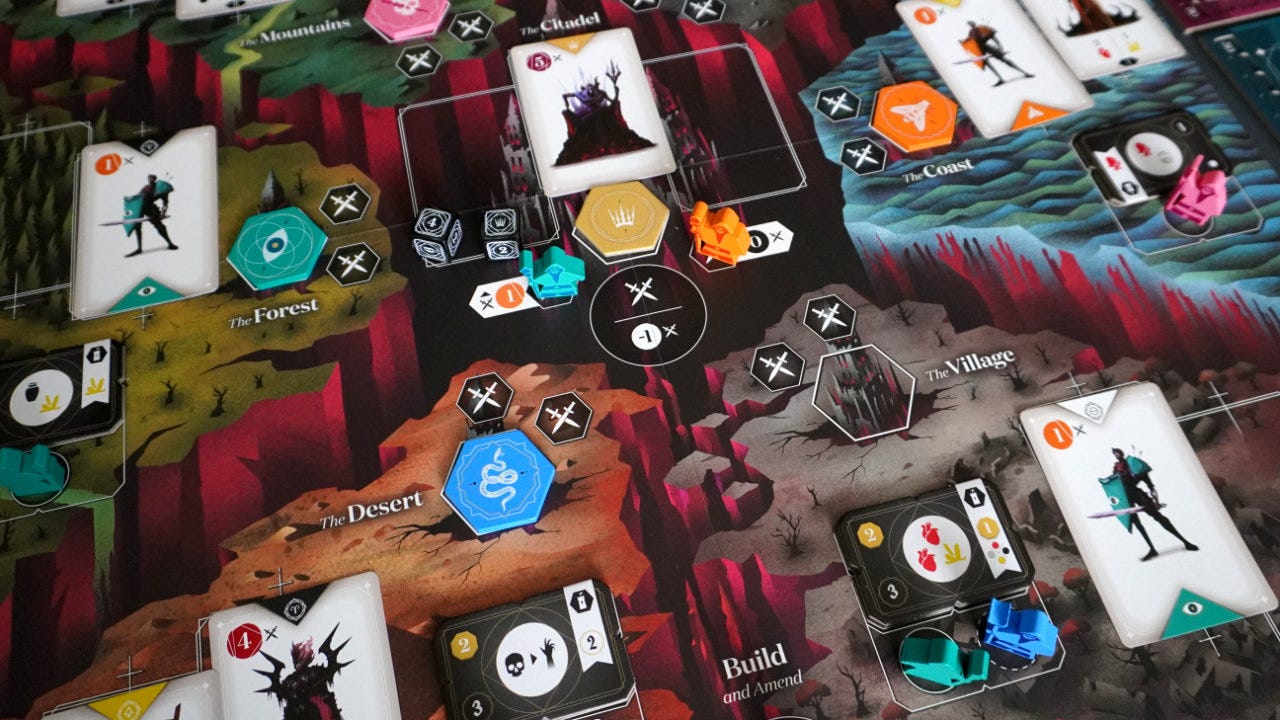

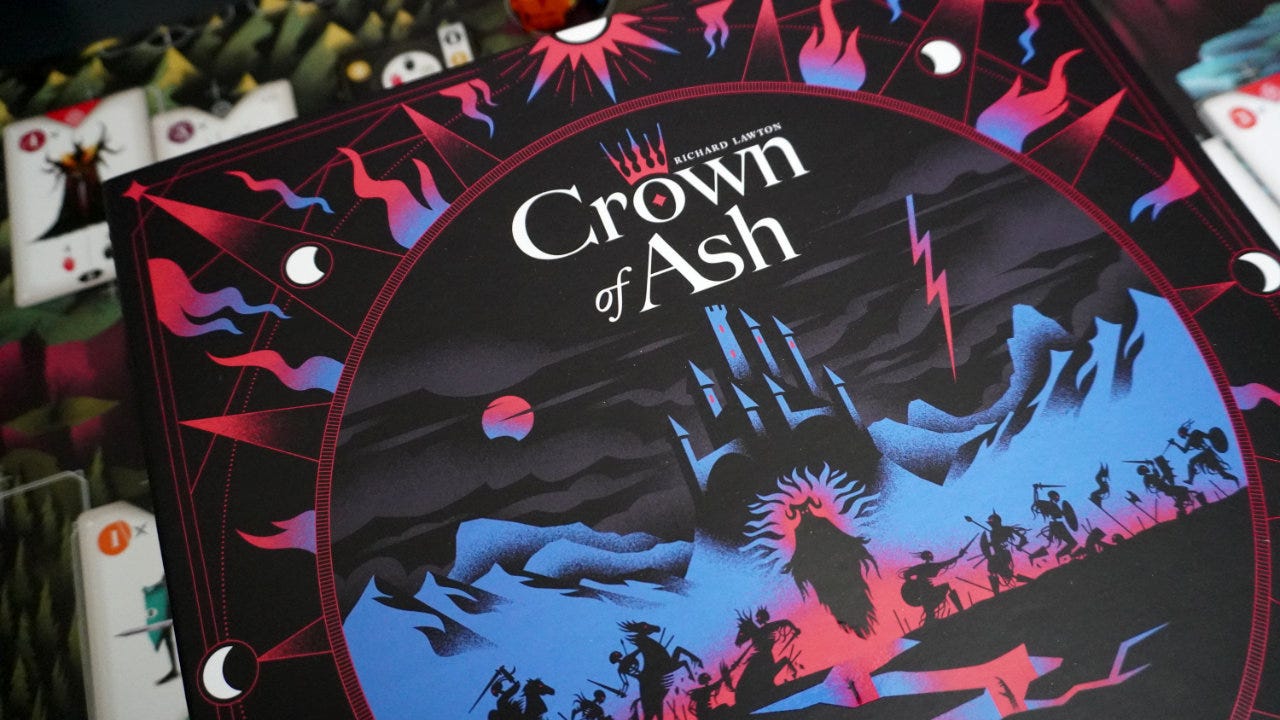
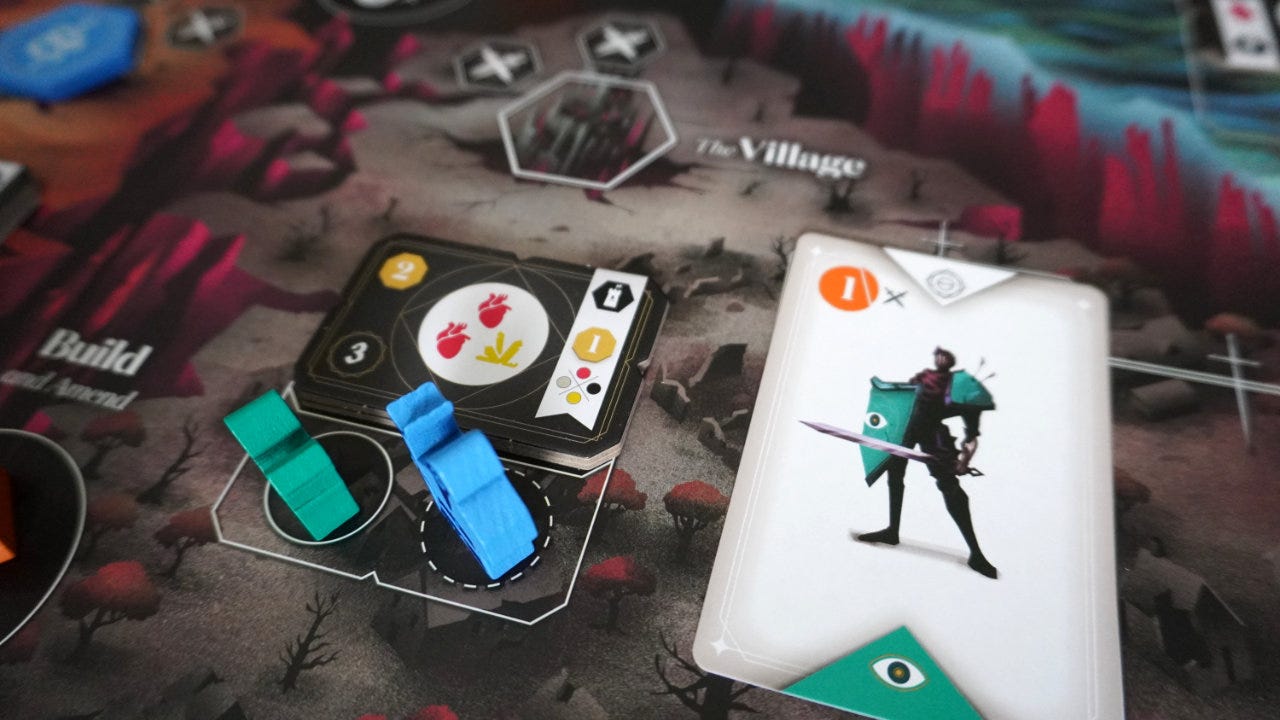
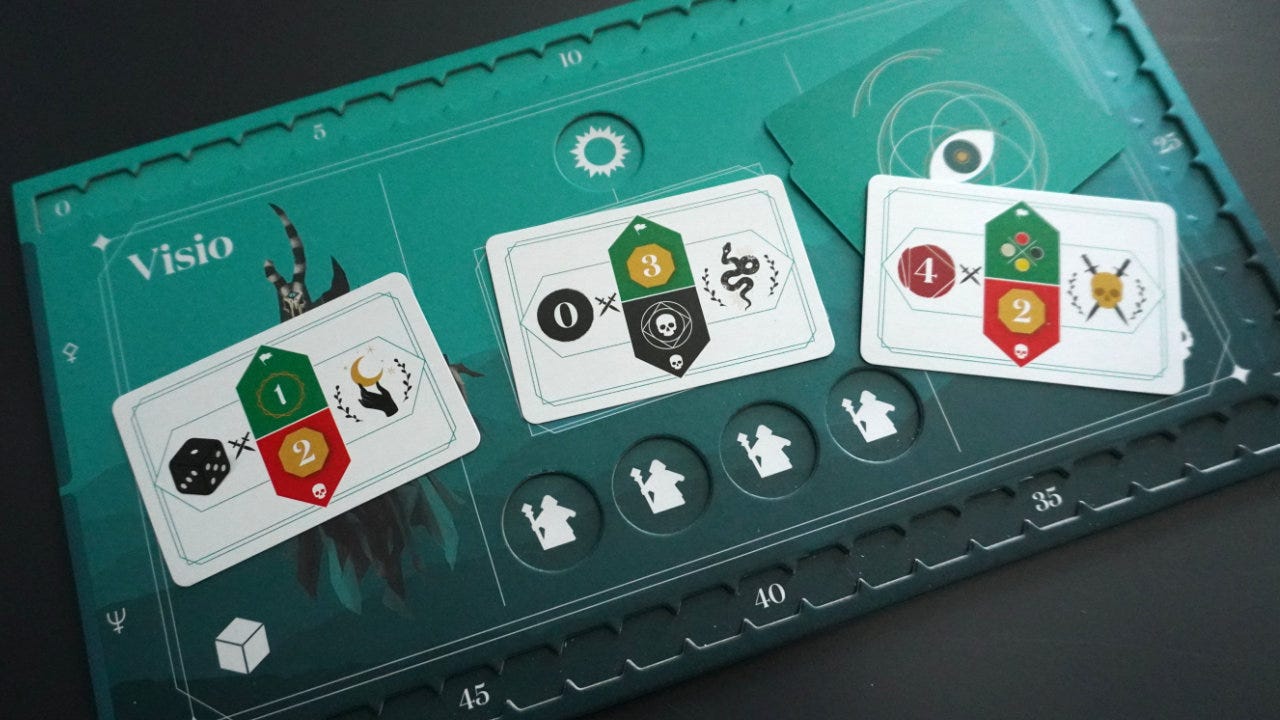
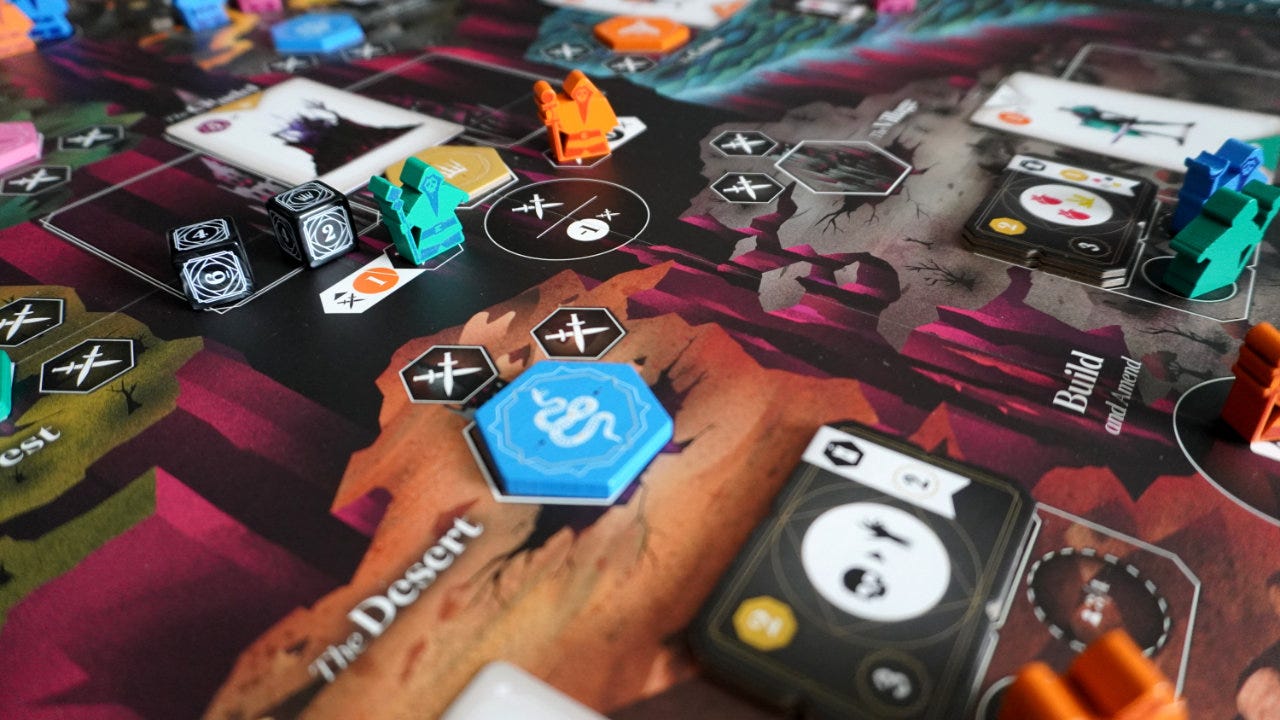
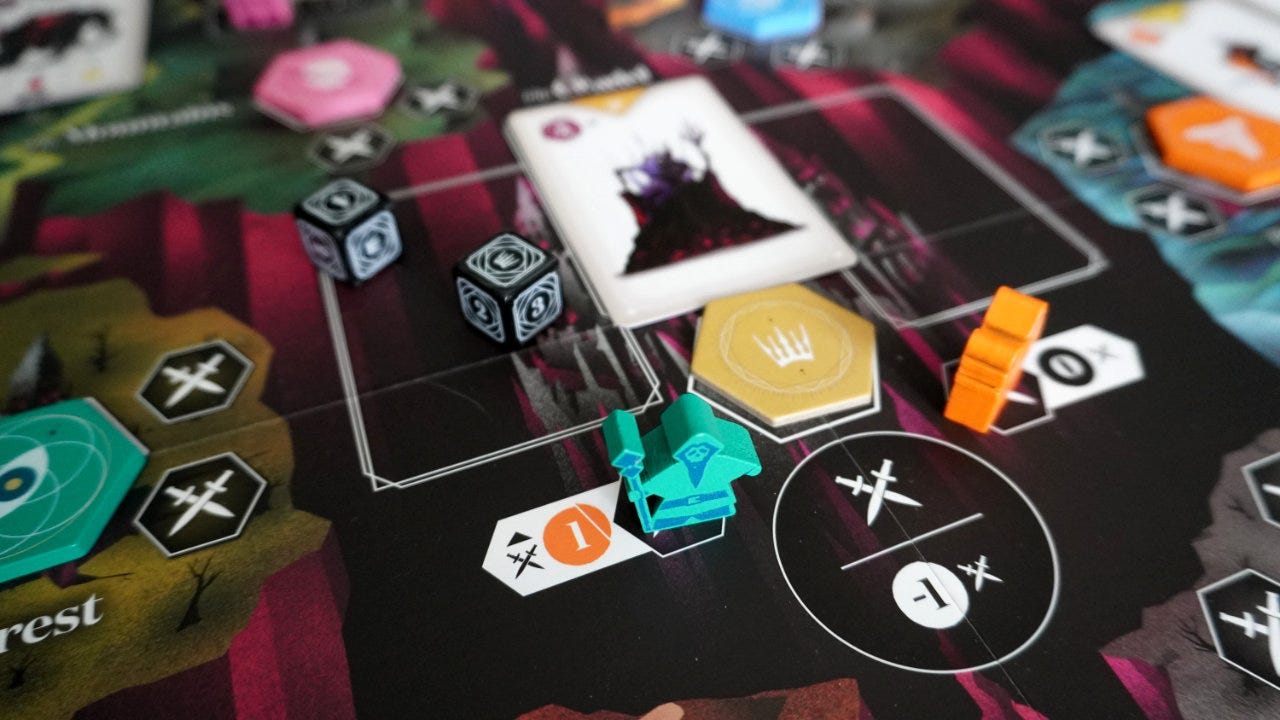
It occurs to me that games ought to be able to allow for pyrrhic victories - where you apparently win, but in doing so lose. I imagine this can be very common in a tactics vs strategy sense. I was recently playing the old SPI game “Midway”, and although the American player sank more of my ships, I won the game because I distracted him with sinking my ships while my troop carriers got to their destination successfully (and scored many victory points for me)
The novel “Tactics of Mistake” about sci-fi mercenaries covers a similar theme, where the protagonist sets up a number of wins for the opponent such that he is vulnerable for the finale.
In a TTRPG situation, sometimes combat is just about killing the bad guys. But what if the actual objective is ensuring that something gets away, or time runs out on the clock? Fighting a losing battle to allow other important things to happen could be important for both the protagonist and the antagonist!
https://en.wikipedia.org/wiki/Pyrrhic_victory
This was a fantastic breakdown, especially the reframing of combat not as zero-sum but as a decision space with multidirectional value. That mechanic alone (win/lose rewards) feels like a low-key revolution in curbing analysis paralysis and loss aversion. Totally aligns with Engelstein’s insights — but brought to life in a way players feel, not just theorize.
Also love the mention of the Loki strategy in Blood Rage — made me wonder: what would a TTRPG look like if emotional or narrative losses boosted player agency instead of reducing it? What if you failed a roll but gained new leverage in the form of social fallout, reputation, or even magical consequence?
The takeaway for me: game design at its best makes players curious, not cautious. You nailed that here.